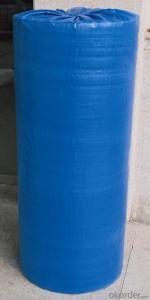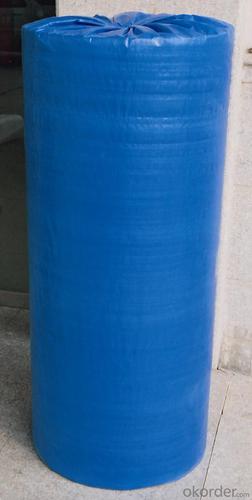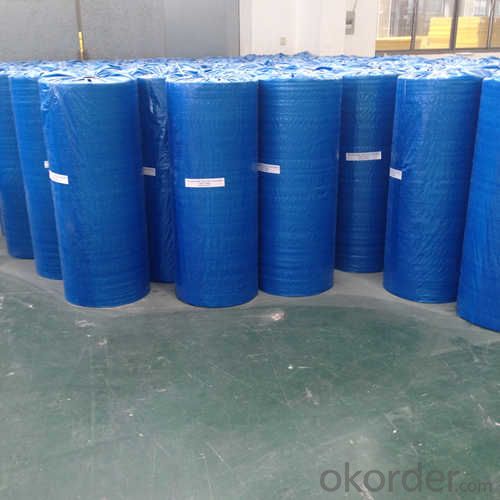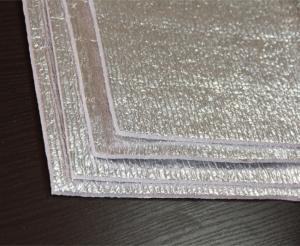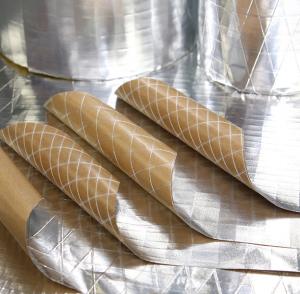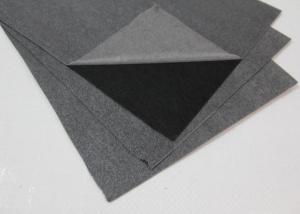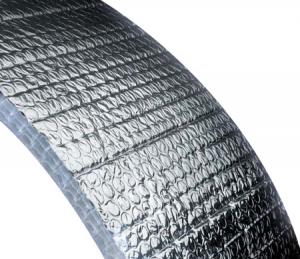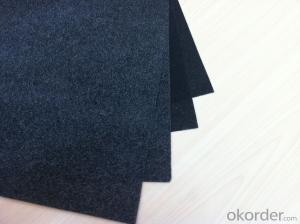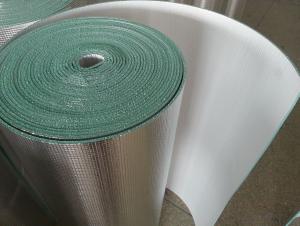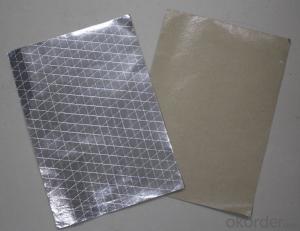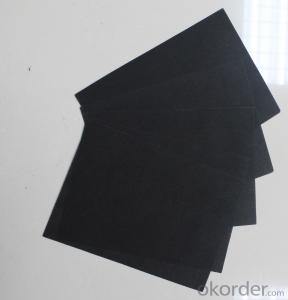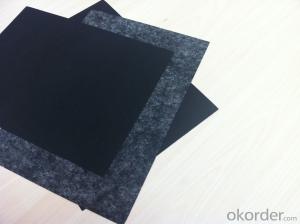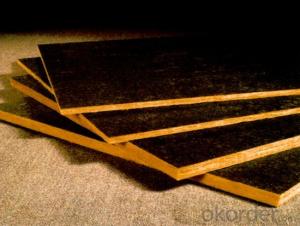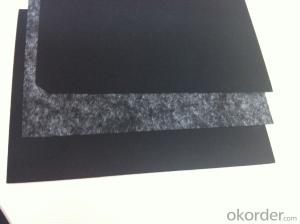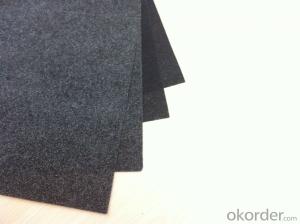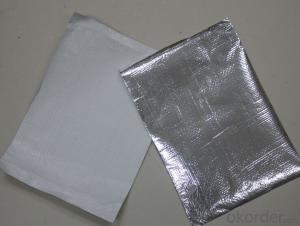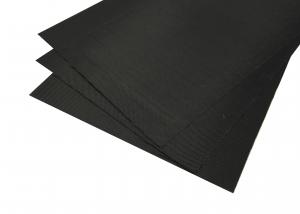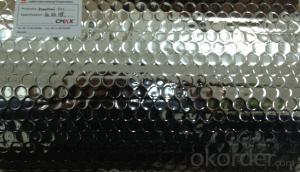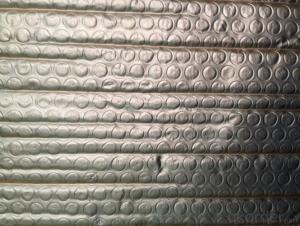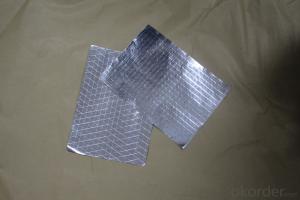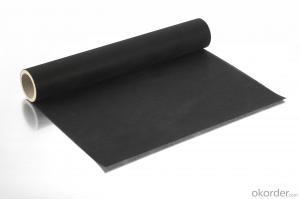Fiberglass Facing Black Fiberglass Tissue for Thermal Insulation and Acoustic-85E
- Loading Port:
- Shanghai
- Payment Terms:
- TT OR LC
- Min Order Qty:
- 500 m²
- Supply Capability:
- 100000 m²/month
OKorder Service Pledge
OKorder Financial Service
You Might Also Like
Specification
Introduction of Fiberglass Tissue
Fiberglass Tissue is a kind of facing, which is made of by the white fiberglass tissue, and special production process.
Application of Fiberglass Tissue
Our black tissue are mainly used as facing for glass wool insulation, rockwool, mineral wool etc. Also fiberglass tissue facing is used under roof decking, under attic rafters, over existing attic thermal insulation, in floors, walls and crawl spaces, and in industrial and commercial buildings to block radiant heat coming into house through the roof during the summer and retain indoor heat generated during in winter
Advantage of Fiberglass Tissue
Light weight
• High manufacturing accuracy
• High strength
• Small inertia resistance
• Strong heat dissipation ability
• Good visual effect
• High reflective insulation
• Heat resistant, water proof, stable at high temperature;
• Environmentally friendly, no smell and not-toxic;
• Smooth and clear surface;
Packing of Fiberglass Tissue
1. Waterproof paper then PVC shrinking Film
2. Water-Proof film only
3. Woven cloth
4. Kraft paper or Water Proof Film then Metal/wooden pallet
5. (Also as your request. )
Specification of Fiberglass Tissue
Specification | ||
ITEM | UNIT | VALUE |
Type | E | |
Weight | g/m2 | ≥85±5 |
Thickness | mm | 0.40 |
Tensile Strength MD | n/125px | ≥120 |
Tensile Strength XD | n/125px | ≥100 |
Fiber Diameter | µ | 9 |
Fire Resistant Property | B1 | |
Pictures of Fiberglass Tissue
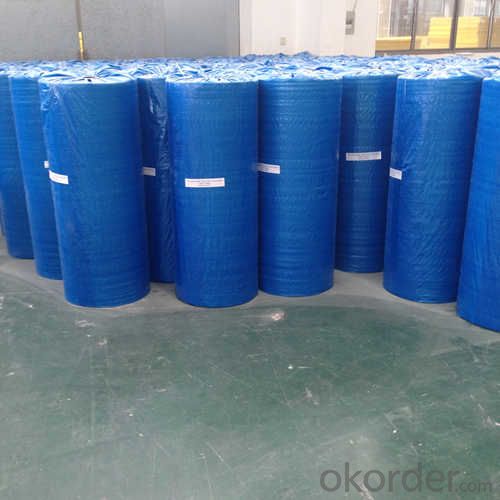
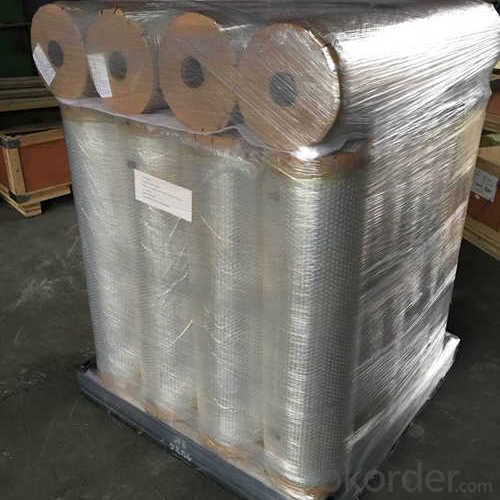
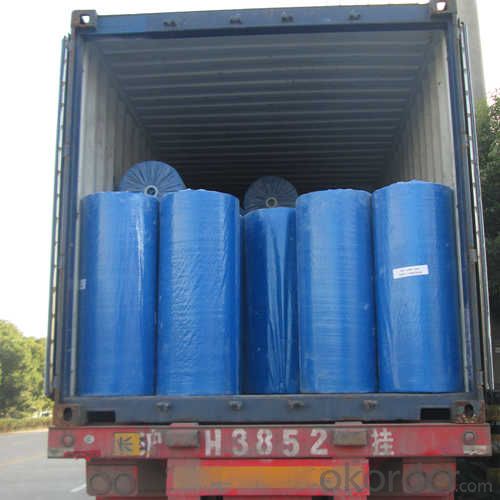
We have organized several common questions for our clients,may help you sincerely: 1. What is the storage condition? The Aluminum Foil Facing should be stored at room temperature and kept from wet and heat source. 2. How to guarantee the quality of the products? We have established the international advanced quality management system,every link from raw material to final product we have strict quality test;We resolutely put an end to unqualified products flowing into the market. At the same time, we will provide necessary follow-up service assurance. 3. How long can we receive the product after purchase? In the purchase of product within four working days, we will arrange the factory delivery as soon as possible. The specific time of receiving is related to the state and position of customers. Commonly 7 to 10 working days can be served.FAQ
- Q: Is it possible to use black fiberglass tissue for the purpose of insulating exterior walls?
- <p>Yes, black fiberglass tissue can be used for exterior wall insulation. It is a popular material due to its lightweight, high strength, and excellent thermal insulation properties. Black fiberglass tissue reflects solar radiation, which can help reduce heat absorption and improve the energy efficiency of buildings. However, it's important to ensure proper installation and consider the local climate and building codes, as some regions may have specific requirements for insulation materials.</p>
- Q: Is it possible to utilize black fiberglass tissue for crafting decorative items?
- <p>Yes, black fiberglass tissue can be used to create decorative elements. It is known for its strength, durability, and flexibility, making it an ideal material for various artistic and design applications. Fiberglass can be molded into different shapes and forms, and its black color can add a sleek, modern touch to any decor. It's often used in combination with other materials to create unique and eye-catching designs, from wall art to furniture accents. However, it's important to handle fiberglass with care due to its potential health risks and to ensure proper ventilation during any cutting or shaping processes.</p>
- Q: This question asks for a comparison between black fiberglass tissue and other types of nonwoven fabrics, highlighting their differences.
- <p>Black fiberglass tissue is a type of nonwoven fabric made from black glass fibers, known for its high strength, heat resistance, and chemical stability. It's commonly used in construction, automotive, and aerospace industries. In contrast, other nonwoven fabrics can be made from various materials like polyester, polypropylene, or natural fibers, and they vary in properties. For instance, they may offer different levels of absorbency, breathability, and biodegradability. While black fiberglass tissue excels in durability and heat resistance, other nonwovens might be chosen for their softness, cost-effectiveness, or environmental friendliness.</p>
- Q: This question asks for a comparison between domestic and imported black fiberglass tissue, highlighting their differences.
- <p>The differences between domestic and imported black fiberglass tissue can be attributed to several factors. Domestic black fiberglass tissue is often more affordable due to lower production costs and is readily available in the local market. It may also be more tailored to local standards and requirements. Imported black fiberglass tissue, on the other hand, is usually of higher quality and may offer advanced features not found in domestic versions. It is often sourced from countries with advanced manufacturing capabilities and stringent quality control processes. However, it comes with higher costs due to import taxes and shipping fees. Additionally, imported products may have longer lead times for delivery. Both types have their advantages and disadvantages, and the choice between them depends on specific project requirements, budget, and quality expectations.</p>
- Q: What are the chemical characteristics of black fiberglass tissue?
- <p>Black fiberglass tissue, often referred to as black glass fiber cloth, is known for its high-temperature resistance, corrosion resistance, and electrical insulation properties. It is primarily composed of glass fibers that have been treated with a black resin to give it color and additional properties. The chemical properties include resistance to alkalis, acids, and many organic solvents. It does not conduct electricity and has low thermal conductivity, making it suitable for thermal insulation. The black fiberglass tissue is also non-flammable and has good mechanical strength, which makes it useful in various industrial applications where these properties are beneficial.</p>
- Q: How does fiberglass facing compare to other types of insulation materials?
- Fiberglass facing is a popular choice for insulation materials due to its excellent thermal performance and durability. Compared to other types of insulation materials such as foam or cellulose, fiberglass facing offers superior resistance to moisture, mold, and pests. It also provides better fire resistance, making it a safer option. Additionally, fiberglass facing is relatively easy to install and has a long lifespan, making it a cost-effective choice for insulation needs.
- Q: This question asks about the correct method to dispose of used black fiberglass tissue.
- <p>To properly dispose of used black fiberglass tissue, follow these steps: First, ensure that the tissue is dry to prevent mold growth. Place it in a sealed, heavy-duty plastic bag to contain any fibers. Avoid puncturing the bag, as fiberglass can be harmful if inhaled. Check local regulations, as some areas have specific disposal guidelines for hazardous waste. If your local waste management facility accepts hazardous waste, take the bag there for proper disposal. If not, contact a professional hazardous waste disposal service. Always wear protective gear, such as gloves and a mask, when handling fiberglass to minimize skin and respiratory exposure.</p>
- Q: Is it possible to utilize black fiberglass tissues for domestic cleaning purposes?
- <p>Black fiberglass tissues are not typically recommended for household cleaning tasks. Fiberglass, especially when in a loose or frayed state, can be abrasive and may scratch surfaces. It can also leave behind fibers that are difficult to remove. For cleaning, it's better to use materials specifically designed for the purpose, such as microfiber cloths, which are gentle on surfaces and effective at picking up dirt and dust without scratching.</p>
- Q: This question asks whether black fiberglass tissue can be recycled multiple times.
- <p>Black fiberglass tissue can be recycled, but its recyclability diminishes with each cycle due to the degradation of its physical properties. The first recycling process is usually the most effective, and subsequent recyclings result in a material of lower quality. Fiberglass, being a composite material, faces challenges in the recycling process because it combines glass fibers with plastic resins. While some industries may reuse fiberglass for specific purposes, it's not typically recycled multiple times like some other materials due to the loss in strength and structural integrity.</p>
- Q: This question asks for methods to determine the cleanliness and dryness of black fiberglass tissue.
- <p>To check if your black fiberglass tissue is clean and dry, visually inspect it for any visible dirt, dust, or debris. Clean tissue should appear free of any foreign particles. To ensure it's dry, you can gently touch the surface; it should feel dry to the touch without any dampness. Additionally, you can use a moisture meter to check for any residual moisture. If the tissue is used in a construction or repair context, it's also important to ensure that no adhesive residue or chemicals remain on the surface that could affect the quality of your work.</p>
Send your message to us
Fiberglass Facing Black Fiberglass Tissue for Thermal Insulation and Acoustic-85E
- Loading Port:
- Shanghai
- Payment Terms:
- TT OR LC
- Min Order Qty:
- 500 m²
- Supply Capability:
- 100000 m²/month
OKorder Service Pledge
OKorder Financial Service
Similar products
Hot products
Hot Searches
Related keywords
